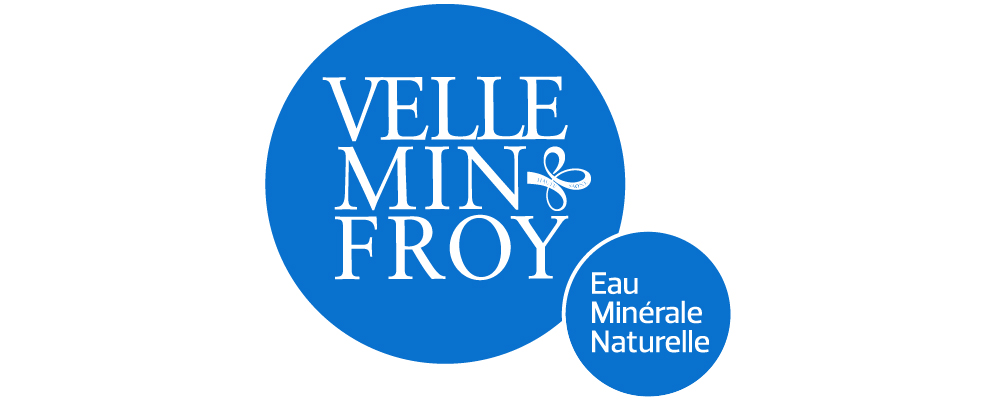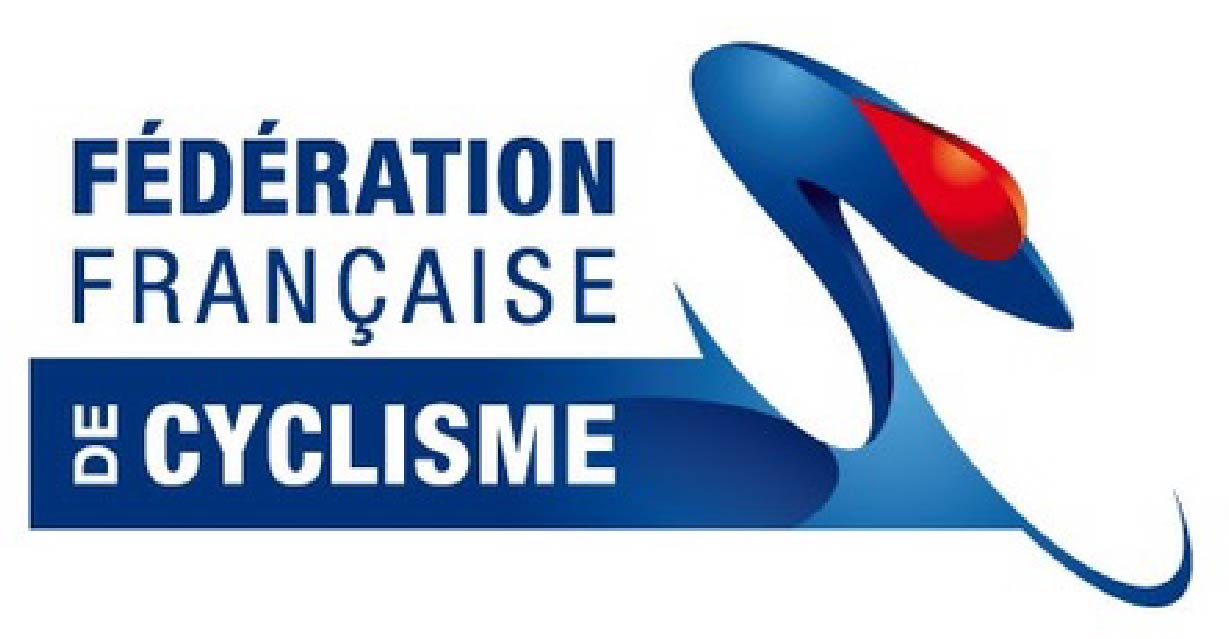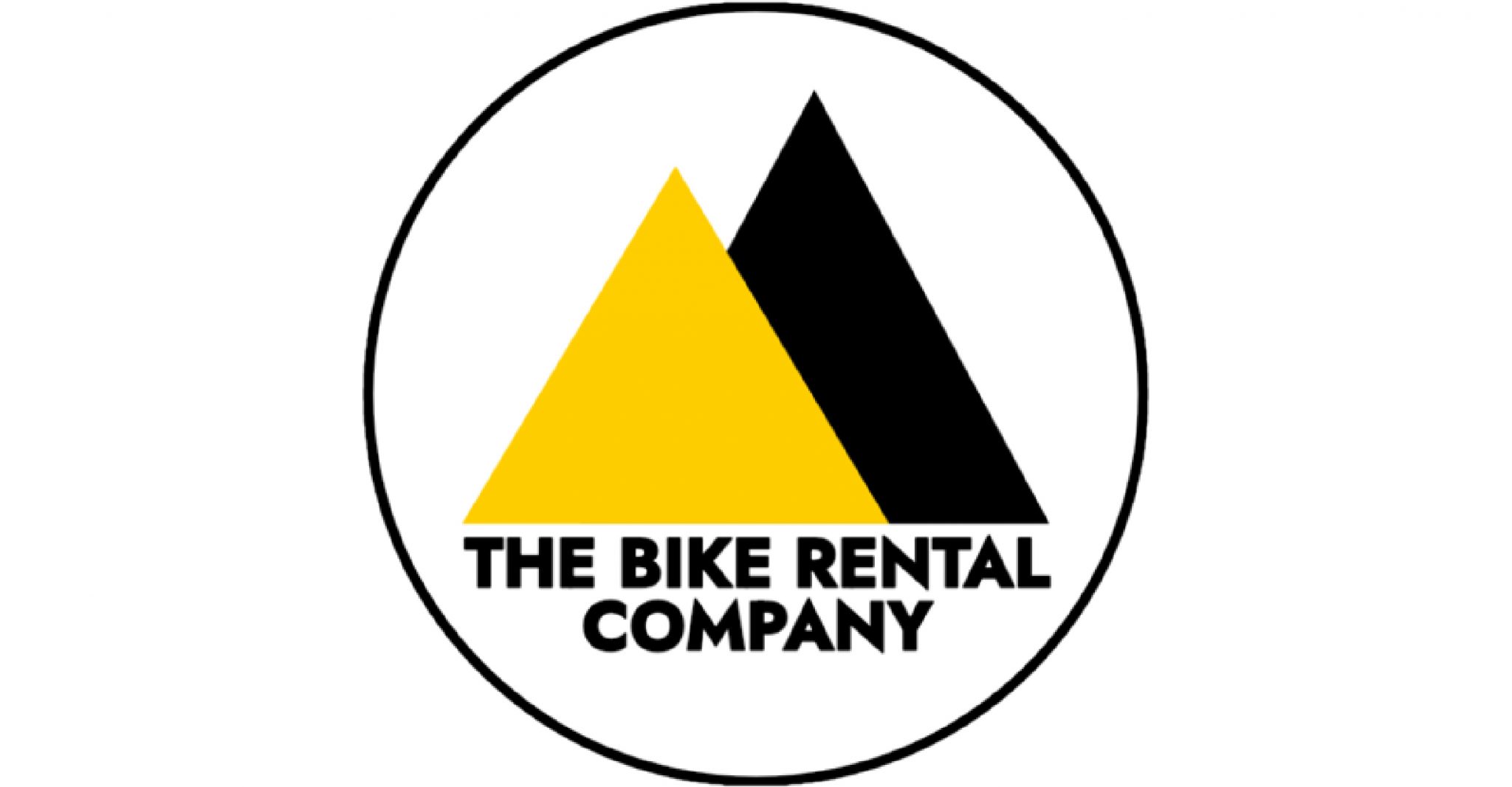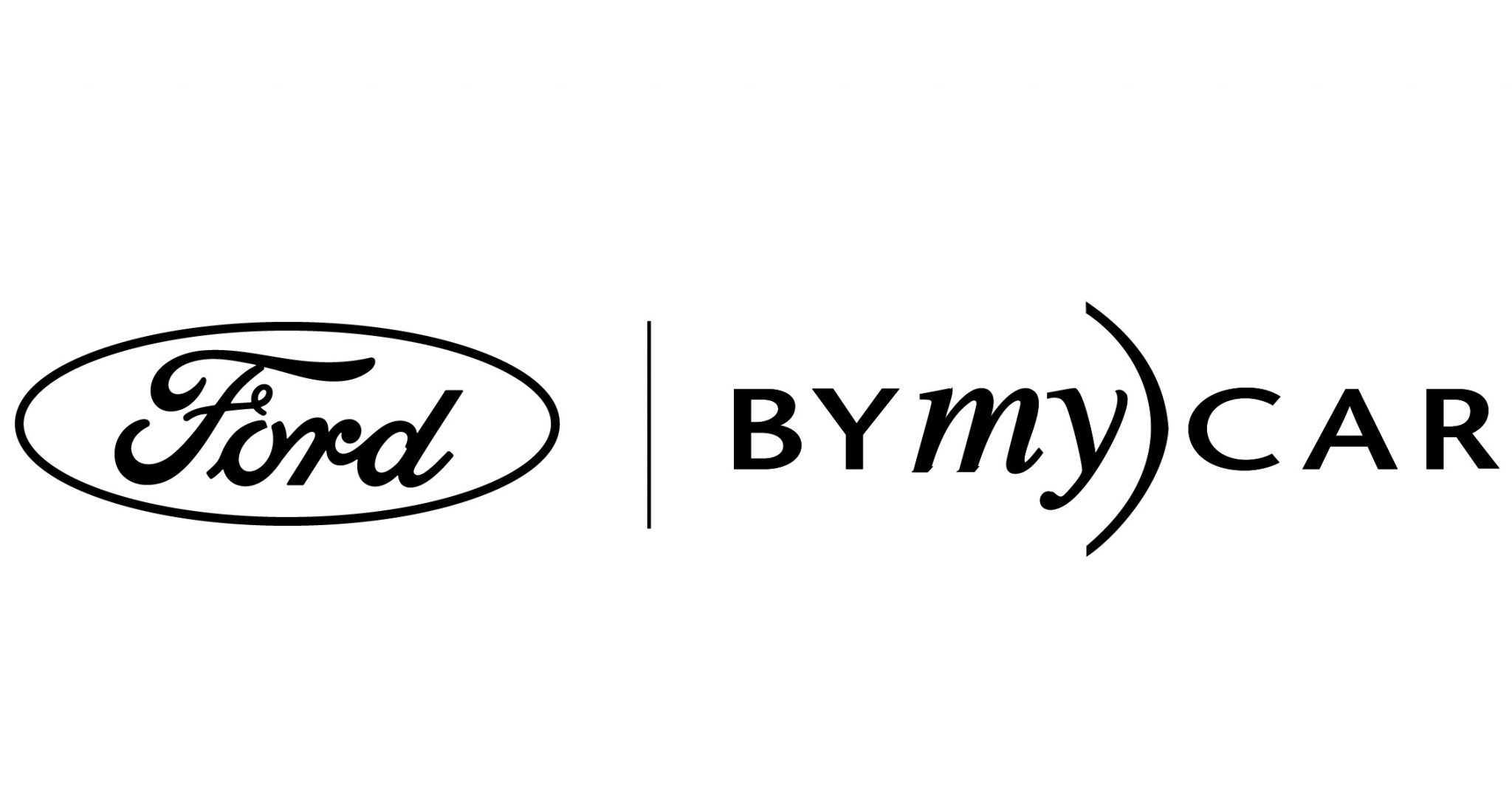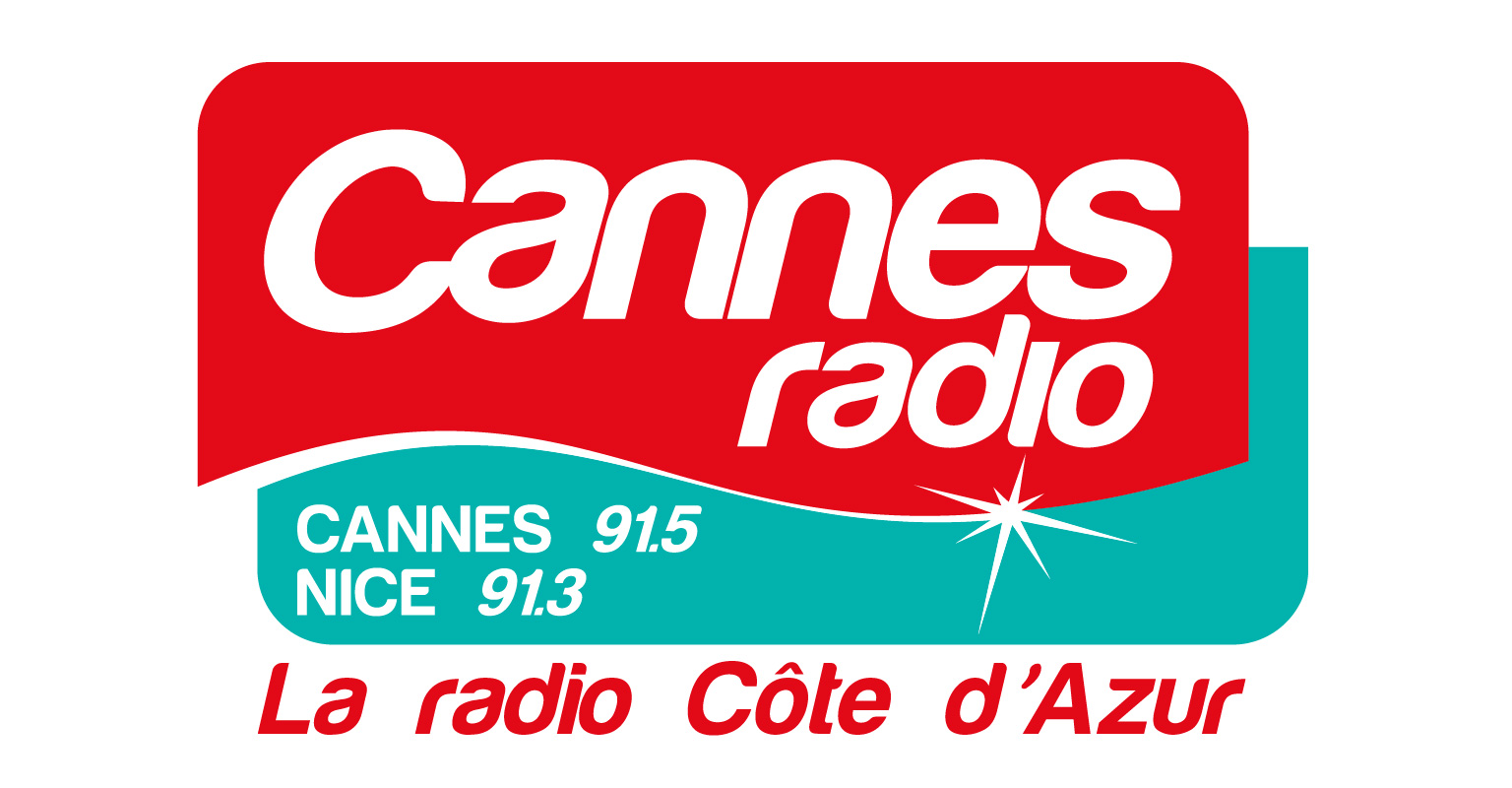The Road to the GFNY World Championship: Part 1
In this week’s Training Guide, GFNY Coach Christian checks in on your training for GFNY NYC to help you track your progress and stay on track for May.
GFNY NYC is the Crown Jewel of GFNY: the championship race of the series, the first GFNY, and the most coveted finisher’s medal for GFNY competitors.
This month, we’re starting a countdown to GFNY NYC with a 5-part series titled “The Road to the GFNY World Championship.” This series will be a monthly guide to where you should be in your preparation for race day, no matter if you’re looking to finish, better your time from a previous edition, or get on the podium in your age category.
Much of the advice in this series will be taken from Training Guides and Podcasts that are already available, but here we will synthesize that information and break down month-by-month how you should be using that advice.
Consider this series a check-in for you, a way to see if you’re on track and get ideas on how you can continue to dial in your preparation.
Endurance
GFNY is a test of endurance: 100 miles of hard, hilly racing with little chance for respite. Any serious preparation should be focused on building your endurance to handle the distance.
Depending on your level and goals, this prep might differ. All our riders should be doing frequent training sessions at an endurance pace (Zone 2 power, below 75% of max HR). In addition to several endurance training sessions per week, at least one ride should be a long ride. However, how long that weekly test is depends on your level and goals, which we cover below:
Finishers (Those looking to get to the finish): Riders who are hoping to finish strong should be slowly building their endurance during a weekly long ride. We suggest you build up to rides of at least half the distance of GFNY NYC by the end of January or beginning of February (so 50 miles/80 km). Keep in mind this is a rough estimation, if you’re riding on terrain far hillier or flatter than the GFNY NYC course, you may need to adjust this mileage slightly.
#Breaking6 (Those looking for a strong finish time, roughly 6 hours or less): If you’re hoping to finish under the 6 hour limit, you need to have a strong base in order to push the final 2 hours, when many riders fall apart.
You should be looking at working up to rides of around 70 miles/115 km by early February.
#Breaking5 (Those looking to go under 5 hours): If you’re a rider at the level of hoping to break 5 hours, endurance in itself is less of a concern for you. That means we’re confident you can ride 100 miles, instead, we’re looking to preserve your strength and speed into the latter ⅓ of the race.
Therefore, we have a bit more flexibility with your weekly long ride. Endurance is still key, but you can take a few different tactics here. One might be a weekly long ride of around 5 hours, the same length of time you plan to race. Another might be to stack back-to-back long rides on the weekend, shooting for 8 hours or more of training in 2 days.

Conquering the 100 miles of GFNY NYC takes a serious dedication to endurance training.
Strength
As we’ve discussed before in the Training Center, winter is a good time to focus on strength, as well as low-cadence work on the bike (which isn’t the same thing, but we’re grouping them together here).
Where you are in your strength work doesn’t depend on your level as a rider, but more where you are in your season. If you started strength and low-cadence work back in November, now you should be preparing to taper off. That could mean one day a week of strength work as maintenance, and transitioning from low-cadence work into higher intensity intervals.
If you got started later, you should be at the peak of your strength work right now: perhaps spending two days a week on strength work, and one day a week doing low-cadence work.
Intensity
As we covered above: if you’re transitioning out of strength work because you started early, you can start to incorporate higher-intensity intervals one day a week.
If you started your strength and base work late, you’ll do the same in another few weeks.
For intensity work, we don’t recommend short, high-intensity efforts. Instead, focus on longer efforts at or just above your threshold power (or around 85-90% of max HR for those training with HR).
Example sessions might be 2×10 minutes/3 minutes rest to begin, gradually working out to 4×10 minutes or 3×15 minutes. Ideally, your power output or speed will go up a tick each week, and you’ll slowly add time to your sessions too.

Strength and intensity work will prepare you to fly up the hills of GFNY NYC.
Equipment
This time of year you may not want to be using your race-day equipment, if you live in a cold climate the weather and dirty roads can wreak havoc on race-day equipment.
However, changing position while training hard can be a great way to get hurt. We suggest you use the bike you’ll race on for the majority of your training, even if you have it outfitted with training wheels and tires.
If you are spending time on a winter bike that you won’t use on race day, do your best to make sure the bike’s position is set up identically to your race bike.
Wrapping Up
That concludes our first installment of this series. We’ll be back next month to check-in on your training, give you more suggestions for where you should be in your preparation, and share tips and tricks to help get ready for race day.
In the meantime, be sure to check out all the Training Guides on GFNY Coaching, as well as the Training Center Podcast.
Mots clés : Coaching




